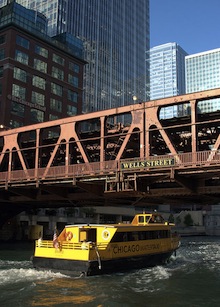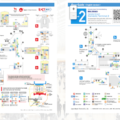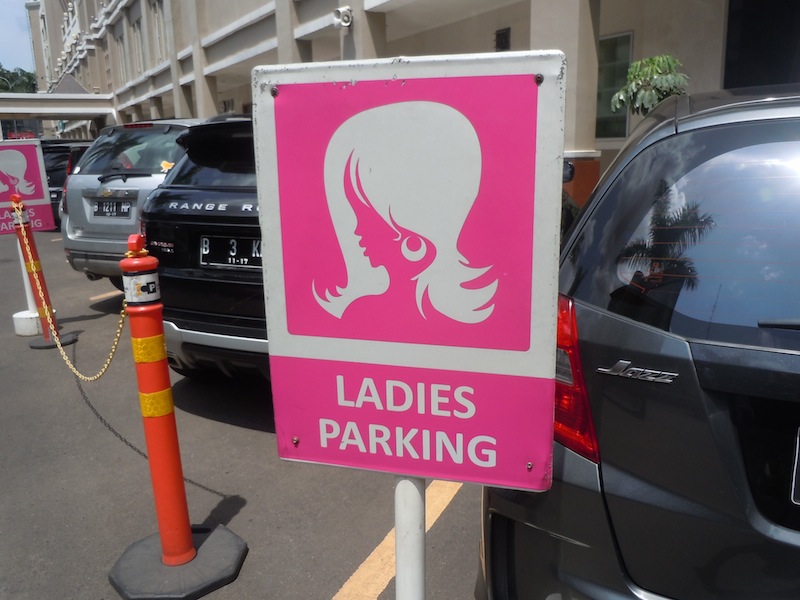
We thank Véronique Martin-Place, for this exhaustive article on transports in Chicago, her host city
Chicago is the third largest city in the United States after New York and Los Angeles. One might imagine a sprawling city, with hellish traffic and where the slightest movement takes hours. But Chicago is not Los Angeles. The “Windy City”, as locals call it, is in fact a city on a human scale … in relation to the United States. Unlike Los Angeles, the city of Chicago has chosen to diversify the supply of public transport, rather than focusing on the use of individual cars.
The variety of transports in Chicago is one of the reasons that makes this great American city rather pleasant. It is therefore perfectly possible to live in Chicago without a car, especially if you are single or a couple without children.
- A highly developed transport network, the Chicago Transit Authority, known by its acronym CTA, is the operator of public transport. The company is the second of its kind in the United States and the fourth largest in North America. The CTA operates and offers the public more than 150 bus lines and eight subway lines that reach forty suburban municipalities in the outskirts of Chicago and O’Hare and Midway airports. The transport network of CTA is clean and offers a good level of security. It’s relatively well-organized and well-connected with other regional agencies, such as METRA (regional trains) and PACE (agency of buses connecting the suburbs to the city of Chicago).
One of the characteristics of the transport of Chicago is its subway system, known by the letter “L”, which stands for elevated, because most of its trains are elevated. The eight lines are highlighted with different colors. Tours of L are organized, because this is one of the oldest systems of the country. The system is maintained in relatively good condition, the services and “pass” for customers are constantly modernized. In 2009, a new service has been developed so that travelers can obtain information in near-real time on traffic conditions and arrival time of buses or trains at their stop. It’s called “traffic tracker”. After subscribing, the users receive the information directly on their mobile phone. Various types of subscriptions are poffered by the CTA, all described on the site.  Taxi everywhere… even on the river. In the city there are taxis everywhere and they are very easy to stop. It ‘s very rare that you have to wait long for a taxi. They are authorized by the municipality and recognizable by the sign on the roof, but also by the blue plaque with the letters TX. Rates are set by the City of Chicago and posted near the metre on the dashboard.
Taxi everywhere… even on the river. In the city there are taxis everywhere and they are very easy to stop. It ‘s very rare that you have to wait long for a taxi. They are authorized by the municipality and recognizable by the sign on the roof, but also by the blue plaque with the letters TX. Rates are set by the City of Chicago and posted near the metre on the dashboard.
There are also water taxis that sail the Chicago River. They run on a four stops itinerary: Madison Street, LaSalle / Clark, Michigan Avenue, Chinatown.- Bicycles and bike paths. The bicycle plays an important role in Chicago, thanks to bike paths in and around the city. One of the most important is the one that runs along Lake Michigan and connects the north to the south of the city. People in Chicago use it more and more for their daily commute, as soon as the weather allows it. The use of the bicycle is made easier by the fact that you can place it on the front of the trains or into the bus.
Moreover in August 2010 a “bike-sharing” programme was launched by the municipality, a bit on the model of Vélib in Paris. It started out with only a hundred bikes in self-service stations in six tourist areas of the center. Howere the system is constantly developed to make more room for bicycles in the city. - American Carpool or car hire menus. Two companies have developed their carpool services in Chicago, and in the rest of the United States. They are I-Go and Zipcar. These two competing systems are a good alternative to buying or renting a car, especially if you need to use one only occasionally. It’s an unexpensive way to use the car without the disadvantages that entails. Just subscribe to their programs in order to have access to their fleets of cars, found in specific car parks scattered throughout the city, but also in the suburbs.




